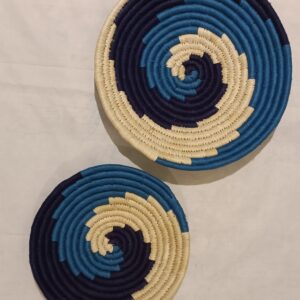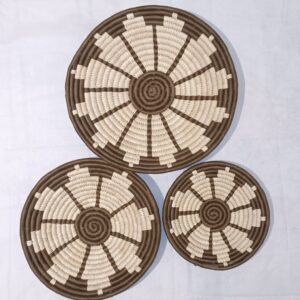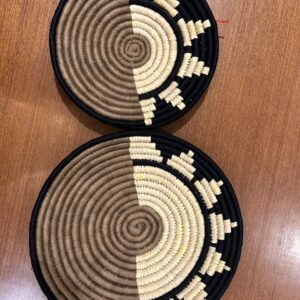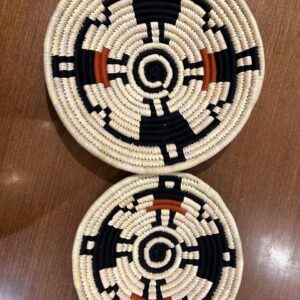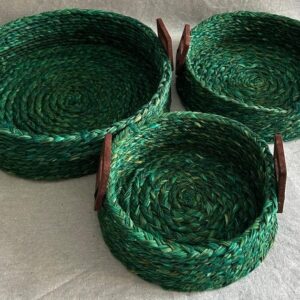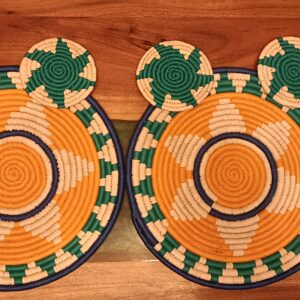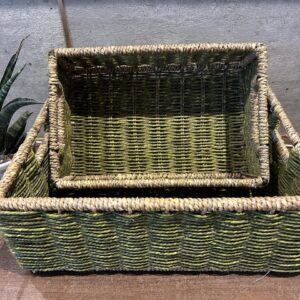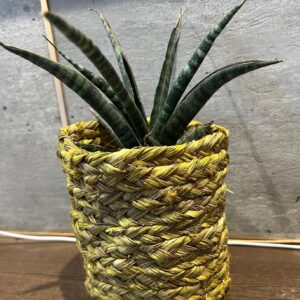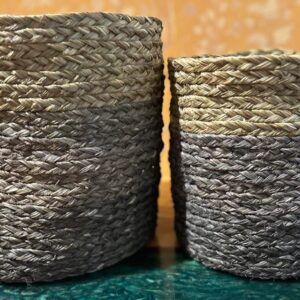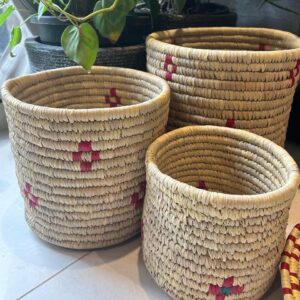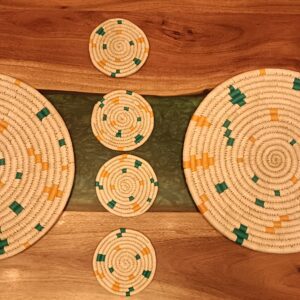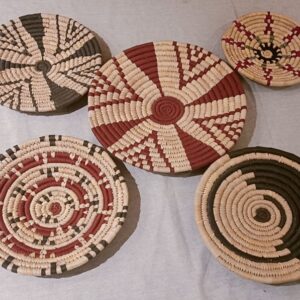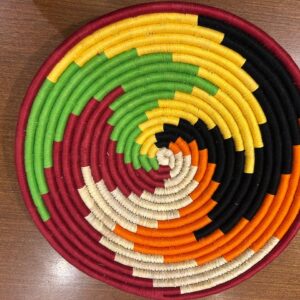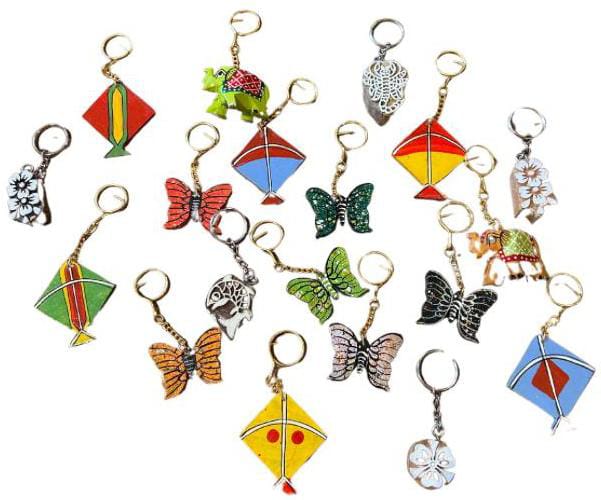Sabai Artifacts
In the heart of West Bengal, nestled between the bustling towns and the serene forests, grows a humble grass known as Sabai. This unassuming grass, found abundantly in the forest fringe areas, has quietly been weaving its own revolution. For generations, it has been transformed into beautiful, functional artifacts that reflect the ingenuity and craft of the local artisans.
The journey of Sabai begins in the fields. As the grass sways gently in the breeze, it’s carefully harvested by skilled hands. With precision and care, the artisans cut and bunch the grass, ensuring that each piece is ready for the next stage of its transformation. Once harvested, the grass is laid out to dry under the sun, its golden hue deepening as the day’s warmth seeps into each strand. The drying process gives the grass its necessary stiffness and flexibility, preparing it for the intricate work ahead.
The first step in shaping this grass into something beautiful is rope-making. The dried Sabai is first hand-twisted, a process that requires steady hands and sharp eyes. With each twist, the grass begins to take on a new life. A cycle ring is used to further tighten the twists, making the ropes strong and durable. The rough edges of the twisted ropes are then smoothed out by rubbing them against tree trunks, an age-old technique passed down through generations. For some artisans, modern tools like twisting machines are used to speed up the process, but the essence of the craft remains the same. Once completed, the ropes are bundled together, ready for their next transformation.
From ropes, the Sabai takes on a new form: braids. The grass is carefully braided by hand, much like the delicate art of hair braiding. The braiding is meticulous, and each strand of Sabai is placed with great care and precision. As the artisans work, they ensure that the rough edges are trimmed, and the braid begins to resemble the elegant designs that have made Sabai artifacts so beloved. The grass is also sorted, with the artisans choosing the best strands based on length and quality, ensuring that only the finest pieces make it into the final product.
But the journey doesn’t end there. To give the Sabai its vibrant character, the artisans turn to the art of dyeing. Once a simple, earthy grass, Sabai now comes to life with a burst of color. The craftsmen use natural and vegetable dyes, though in modern times, they often opt for Azo-free dyes, which provide rich, vibrant hues without harming the environment. The process is a careful one: the strands are cut and bunched together, and the dyes are mixed in exact proportions. The mixture is then boiled, and the Sabai strands are carefully soaked in the bubbling water, allowing the color to seep into every inch of the grass. After soaking, the strands are laid out to dry under the sun, where they soak in the warmth and the colors deepen, giving each piece a unique, sun-kissed glow.
The final product is nothing short of art. The ropes, braids, and dyed Sabai come together to create a wide array of artifacts—mats, baskets, bags, and more. These creations are more than just objects; they are a testament to the skill, dedication, and rich cultural heritage of the artisans who make them.
The story of Sabai is a quiet revolution—one that is transforming the lives of those who work with it. With every twist, every braid, and every splash of dye, the humble grass from the forests of West Bengal is finding its way into homes and hearts across the world, weaving its tale of tradition, craftsmanship, and resilience.


